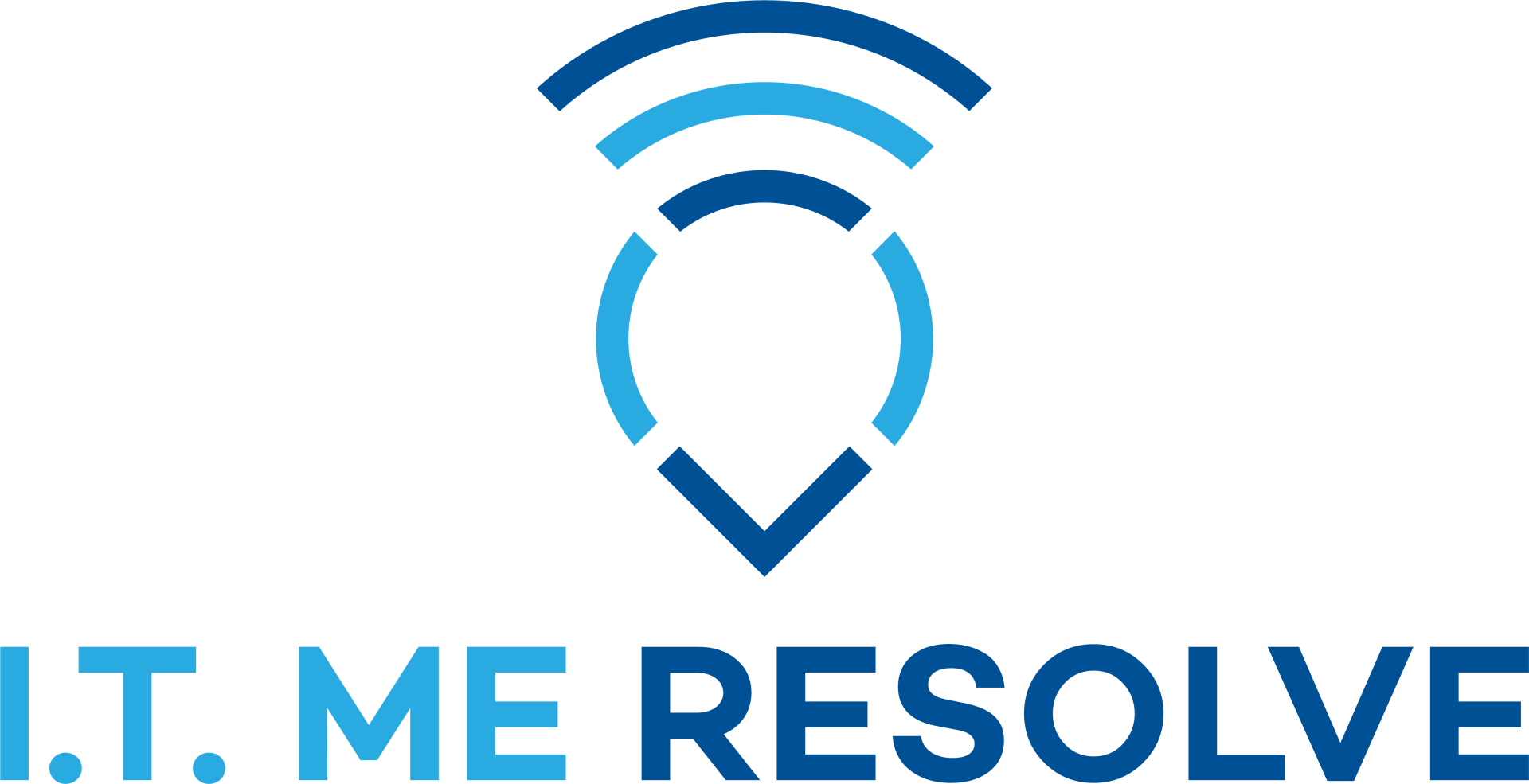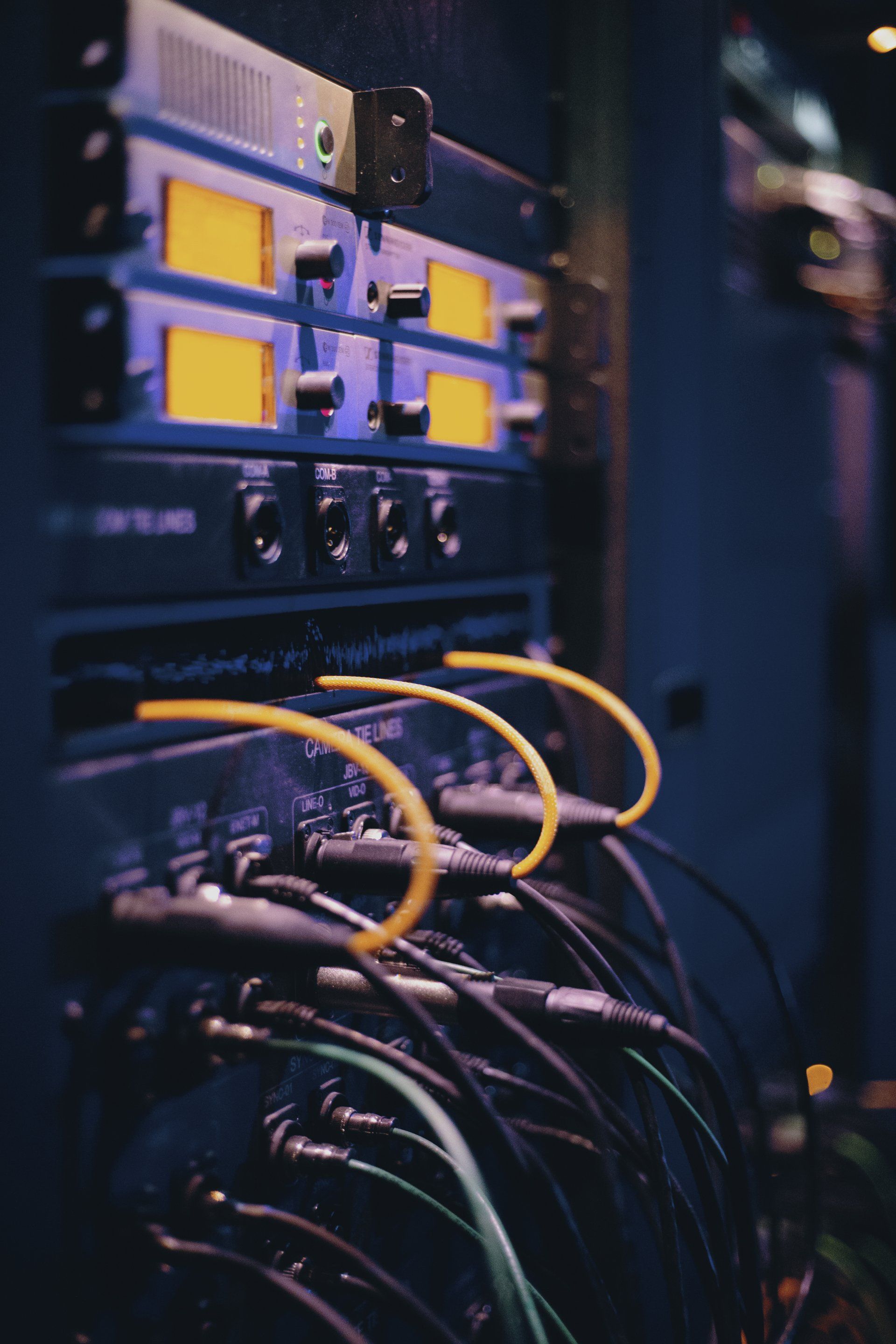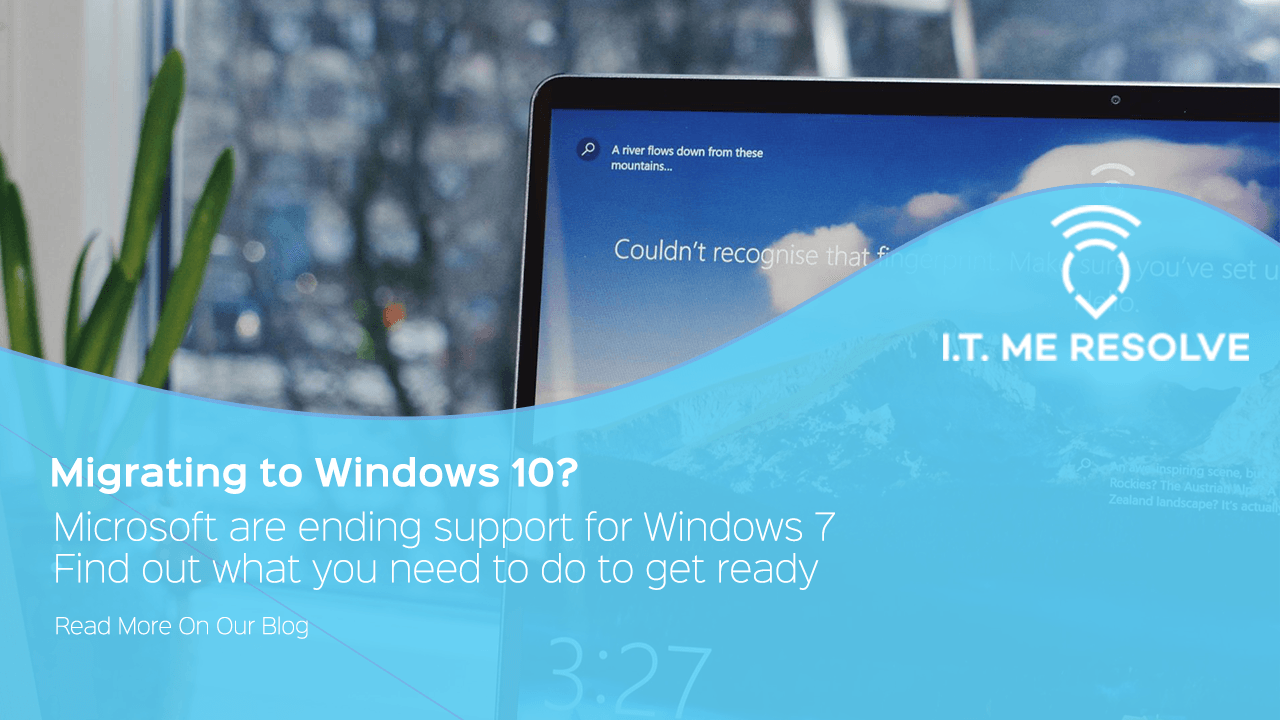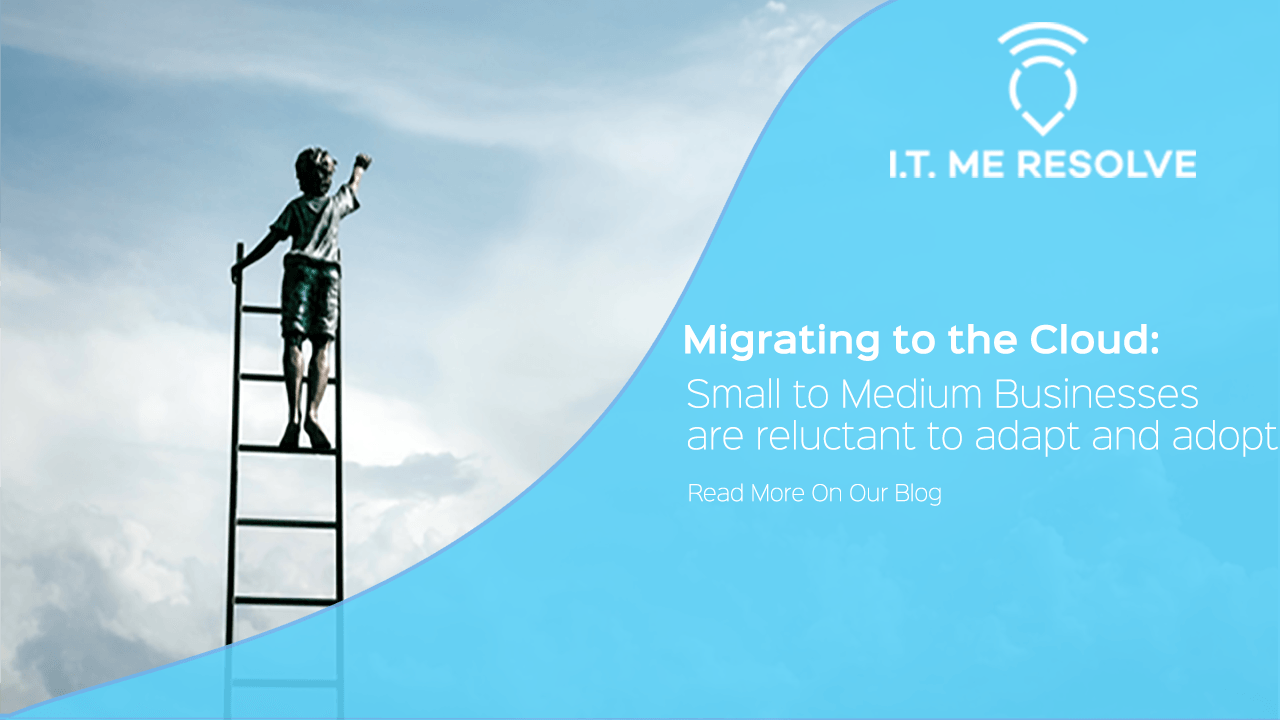How Innovative is the Data Center Industry?
Innovation that can change industries alike

I have been very fortunate to have been able to visit an array of different data centers in England and over the pond in the United States. Some of these sites have been formerly offices and have been renovated into fully functioning data centers in the heart of London city. Others have been built in the last 1-5 years on both the east and west of London.
But with the advancements in technology, how much advancements have the data center experienced in the last 10+ years?
Power
In 2012 data centers were in their infancy, and still are in comparison to other industries. But how has the data center changed in this time? Well in the olden days (2012), the data centers I was fortunate to work in, had high-security fences, and their own substation that could power a small town with separate feeds for redundancy. This ensured that if the local area had a power cut, the data center would be un-effected, but to compensate the reliability of the substation, the data center was designed to sit on Uninterrupted Power Supply (UPS) system, one on each feed which would take the entire load of the IT infrastructure if such a power cut ever happened. But we are not done with the resilience of the data center, because it can have countless amounts of generators on standby to take over from the UPS in the event that the UPS ran out of power.
Generally, the Generators have enough fuel onboard to keep the data center running for a few days-weeks, but there was always fuel on standby, and if this was ever used, I would say when I gave site tours that “if we ran out of fuel and backup fuel, then there is probably something more important going on in the world” like a natural disaster or war!
It works pretty much the same in 2023, some data centers are using sunlight to power the lights and offices, through the use of solar panels, but unless a nuclear power plant is installed onsite (which will never happen) the power generated will stay the same, however instead of red diesel for the generators, the more environmentally friendly white diesel is being used, a moved enforced by the UK government! Microsoft recently announced that they have switched from diesel to battery-powered generators in a data center in Sweden
What about the rest of the mechanical equipment? This is where we see a few changes, things have got a bit more efficient.
Cooling
There are many types of cooling systems being used but in 2012, data centers mainly used down-flow Air Handling Units (AHU). Some of this units are capable of free cooling, which allows the units to draw cold air from the outside and push the air inside, It is great for when it is winter and saves on power consumption and the cold air does not need to be created through refrigeration or compression
Nowadays, data center use CRAH units which are able to monitor and maintain the temperature, air distribution and humidity with a data hall. The CRAH units use cold water to chill the air through the cooling coils, the heat is transferred from the air to the water and the warmer water is returned to the chiller. The cold air is then sent back to the data center to return to the ongoing cycle. This is more efficient than in 2012 as this does not require compression so requires less energy, making it more sustainable.
IT Infrastructure Design
Innovation in IT equipment has come a long way since 2012, so we won’t get into it much as we experience this every day with the phones and computers we use, plus this would require a separate article to cover just some of the innovations.
But let’s talk resilience, Back-ups were generally used by storing information on tapes that had to be changed daily weekly or monthly. Some companies used a courier service to take them offsite, so if there was a disaster at the data centre, then the data would not be lost. Now, this information is duplicated in different data centers locally or geographically, essentially the same way Azure or AWS works. This is all done through the internet and done automatically!
Hot aisle containment is used in some hyper-scale data centers to compliment the CRAH units as the heat is sucked out of the hot aisle and then goes through the CRAH unit which is sent back into the data hall! This design reduces hot spots as the heat is contained, allowing the IT infrastructure to intake cold air, which preserves the equipment's lifecycle!
Conclusion
So as we can see, the data center has become more sustainable and efficient over the years, but what about the future? How can AI improve efficiency and sustainability in the further?
Well, there are interesting things happening with the introduction of AI, through Generative AI, we will be able to manage power usage further by detecting hot spots in the data halls and distributing power where it is required, even turning units off in the event that cooling is not required at all. Through Predictive AI, we will be able to know when a failure of equipment may occur, giving us time to put measures in place to take action before it does. The Preventative Planned Maintenance (PPM) schedule may change to reflect this!
So many changes are happening in the data center industry, innovations that will surely inspire other industries to follow!






